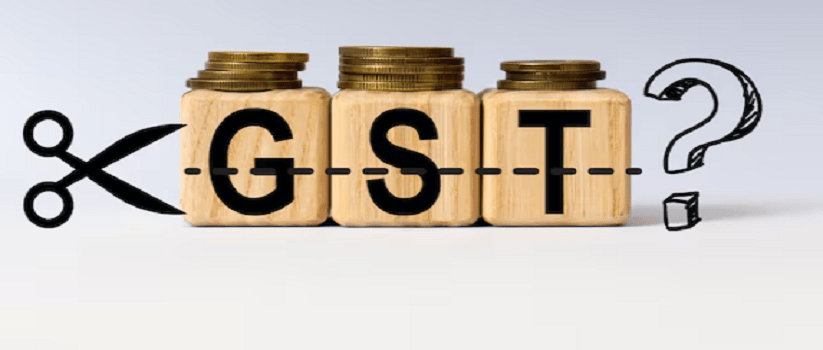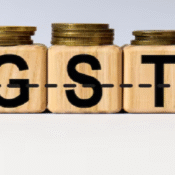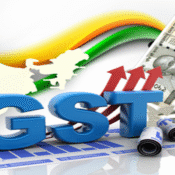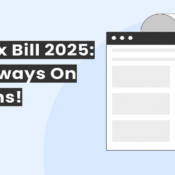
Big GST Cheer for the Common Man: India Prepares Two-Slab Tax Structure by Diwali
In a major announcement delivered during the Independence Day speech, Prime Minister Narendra Modi revealed a significant overhaul of India’s Goods and Services Tax (GST) system. The current multi-tiered structure—ranging from 5% to 28%—is set for a dramatic simplification. Starting this Diwali, the GST regime will shift to a two-slab tax system, a move aimed squarely at easing the tax burden for ordinary citizens. The Finance Ministry has shared key details to support this transformative reform.
Why the Change Matters
Under the existing system, GST is applied through multiple tiers—0%, 5%, 12%, 18%, and 28%—making it complex and often confusing for both consumers and businesses. This reform aims to:
- Simplify tax calculations by reducing slab complexity
- Boost affordability of essential and everyday items
- Streamline compliance, reducing ambiguity and administrative burden for businesses
What we know so far
While precise slab percentages have not been officially confirmed, here’s what has been shared:
- The plan is to consolidate the existing range into just two primary GST slabs
- Products that cater to the common man and middle class will likely fall under a lower slab, offering substantial relief on everyday purchases
- A higher slab would apply to aspirational or higher-end goods, balancing equity and revenue needs
- Specific items may still receive special rates, allowing flexibility in implementation of the two-tier system.
Benefits for Consumers & Businesses
- Consumers can expect reduced prices on essentials like groceries, personal care, and household items.
- Businesses—especially small retailers and manufacturers—stand to benefit from simplified tax compliance, fewer classification disputes, and easier return filing.
- The move is expected to enhance trust and transparency in the tax system across all stakeholders.
The Road Ahead
- The GST Council is set to review these recommendations, working closely with a Group of Ministers (GoM) and state governments to ensure smooth implementation.
- Central officials have flagged that the end of GST compensation cess has created fiscal headroom, providing the flexibility needed to realign tax slabs sustainably.
- The reform is expected to be revenue-neutral, carefully balancing state and central fiscal interests by redistributing rather than reducing overall tax inflows—likely through reassigning items from the 12% slab to either the lower or higher tier.
Bottom Line
This GST reform represents one of the most significant tax policy shifts since 2017. By pivoting to a two-slab structure, the government aims to:
- Make the tax system simpler and fairer
- Facilitate ease of compliance for businesses of all sizes
- Deliver tangible relief for consumers, especially the common man
As implementation approaches this Diwali, clarity on slab percentages and item-specific classifications will be released. When that happens, I can quickly prepare an infographic or a simplified table to help readers grasp the implications even more easily. Let me know if you’d like to dive deeper into any particular angle!




